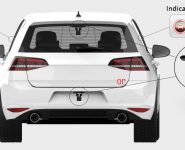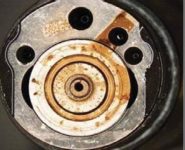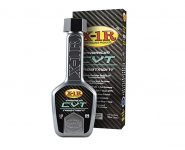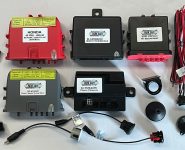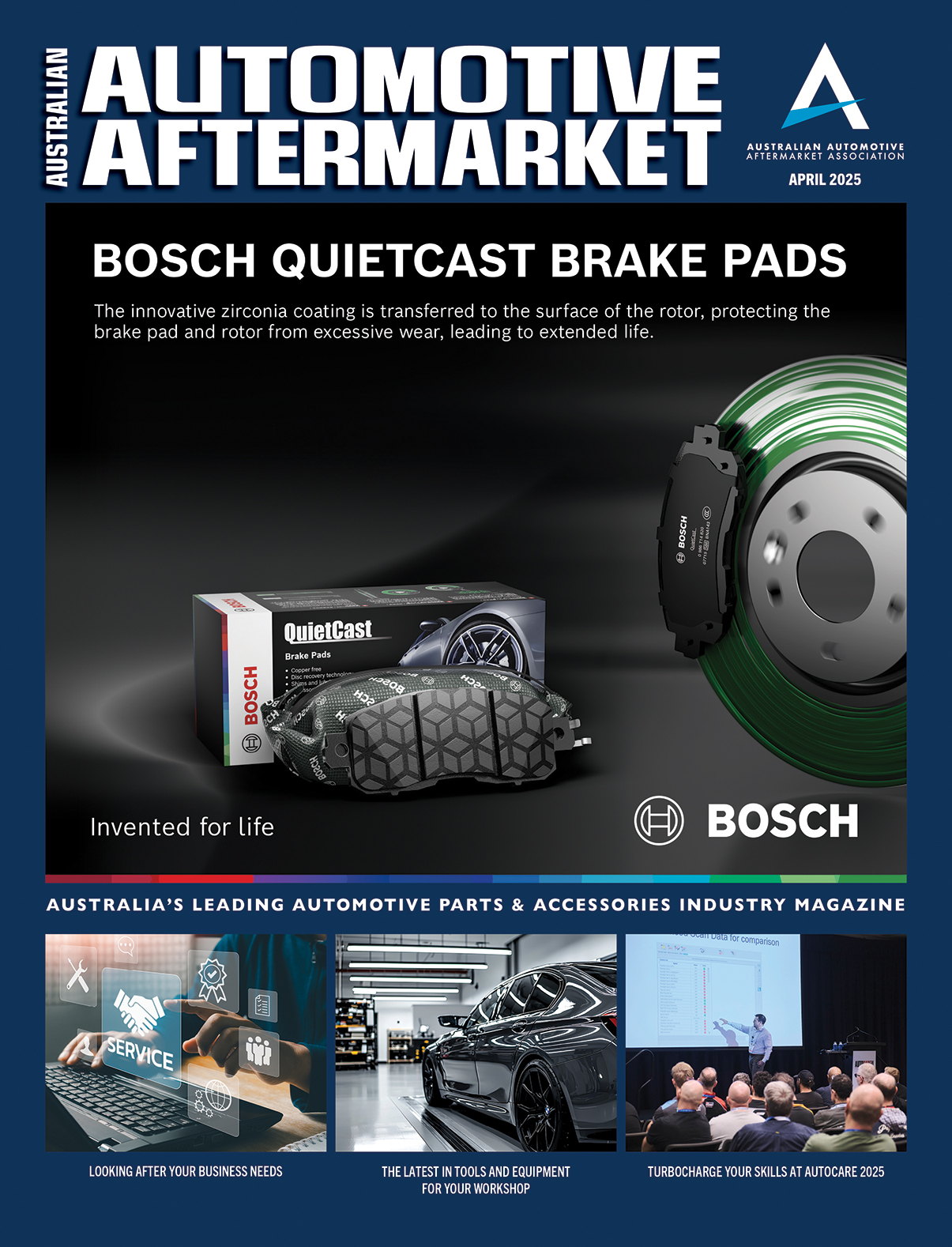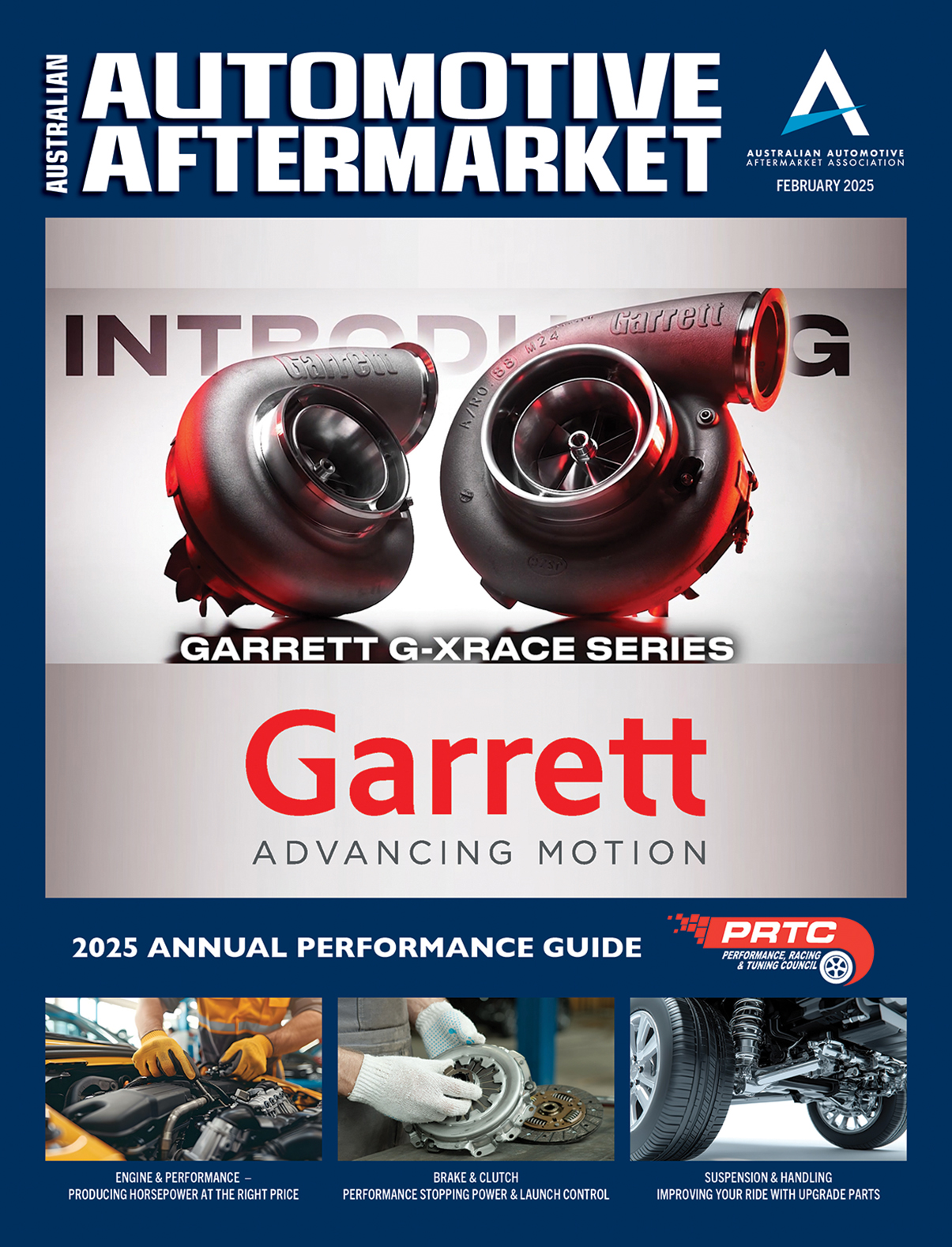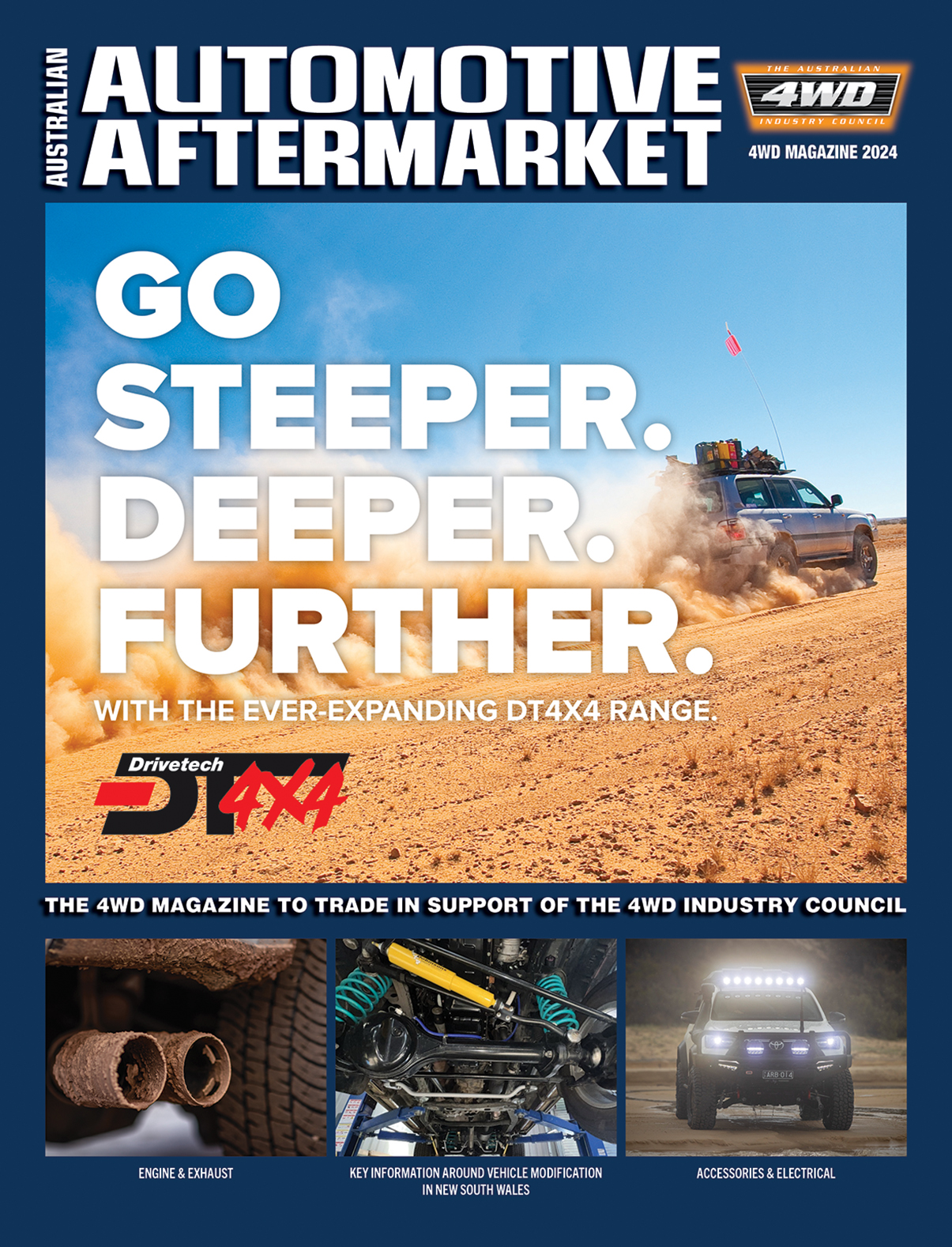NEW X1R DIESEL POWER BOOSTING TREATMENT
Burg Design has developed a new formula to meet the demands of modern diesel engines
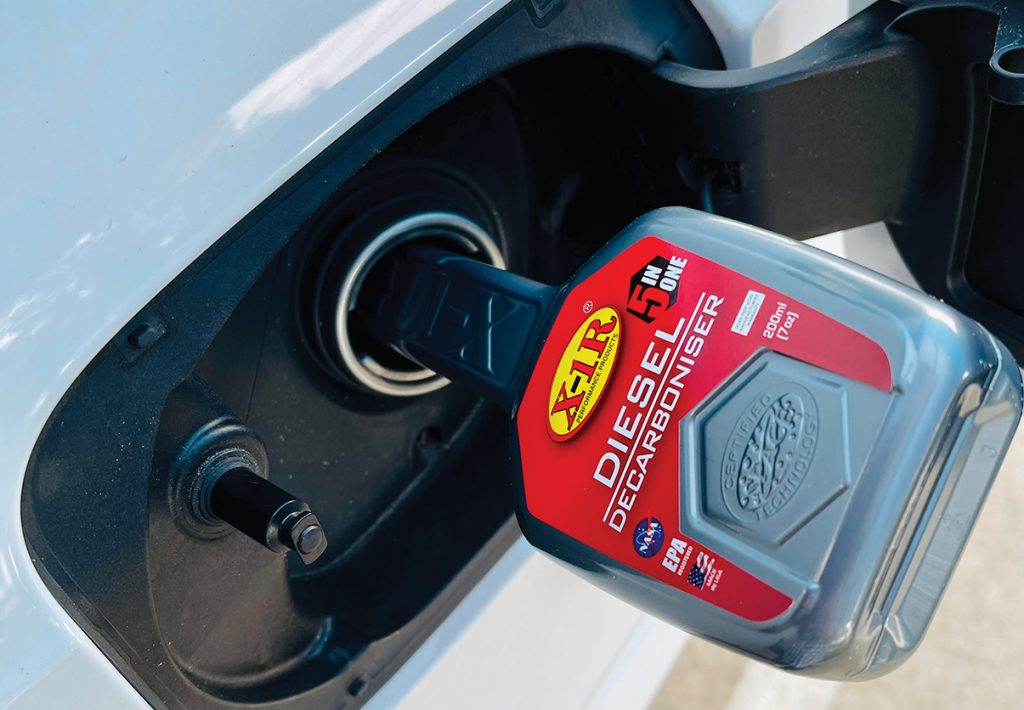
The design of diesel engines has certainly changed significantly over the years.
Burg Design says it is making every effort to keep up with the ever-evolving industry by analysing its own products and implementing changes as needed.
“We needed to update our product to take into account the changes to the fuels and the demands the engines are making of them,” Burg Design’s Ray Graham said.
One result is the X1R Diesel Power Boosting Treatment, which is a five-in-one treatment that Burg Design says delivers immediate benefits.
This treatment is said to significantly improve power/torque delivery and fuel economy and also increases the diesel fuel burn rate ratio through the use of Cetane, which is similar to an octane boost for petrol vehicles.
Burg Design says that with use of this product, the engine will start faster and run smoother.
It states the boosting treatment will eliminate all carbon deposits and thoroughly clean all fuel lines and filters.
Moisture is also eliminated from the fuel tanks and lines, and the upper cylinder is lubricated. In addition, Burg Design says it reduces engine wear and stabilises fuel for up to two years.
“Our new Power Boosting Diesel Treatment formula will ensure consistently high engine performance by cleaning dirty injector nozzles, fuel lines, and all filters, and then keeping them free from deposits for a long time – we call this the ‘Clean-Up and Keep-Clean effect,’” Ray said.
“The X-1R Diesel Treatment features a Cetane Booster. This cetane boosting technology ensures that when used, the machine operator will clearly feel a difference in the power delivery.
“Our new formulation contains an improved water dispersant that stops water/ethanol separation and of course reduces exhaust emissions. The product also improves lubricity.”
Burg Design conducted tests on four representative diesel fuels using a treat rate of 96ppm under the ASTM D6079 test protocol with promising results.
“At this treat rate we saw a reduction in Wear Scar Diameter (WSD) of 73μm from the D975 target of 520μm, thus making all of the fuels EN590 compliant and proving our X-1R Diesel Treatment Technology leads to improved lubricity.”
For more information, visit www.burgdesign.com.au



